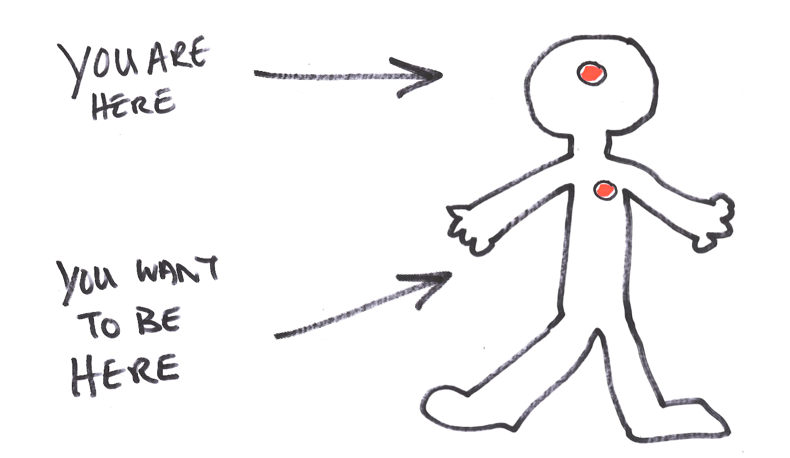At today’s Tune-Up Tuesday meet-up, leadership came up again and again. It’s one thing to set strategy and it’s another thing to implement the strategy. Marketing strategy is decided by leadership (usually) and marketing implementation is done by managers, coordinators, assistants, etc. (usually).
The thing is once you start implementing you put the strategy to the test. And sometimes it doesn’t pass the test so you need to revisit. And this is where it can go sideways.
For the one doing the implementation (a.k.a. the ‘doer’), they need input/buy-in from leadership. But it can be nigh onto impossible to get their attention if it’s not ‘strategy season’.
So what’s a doer to do? Make a specific, actionable suggestion for how to course correct and show exactly how it ties to organizational goals.
Example: Our fundraising goal for the year is to increase our median gift size from current donors. However, our Facebook objective is to acquire new donors. Given our limited resources, I suggest we adjust our Facebook strategy so that we deepen relationships with current donors rather than attract new ones.
Be concise and specific. Be clear on which changes require leadership sign-off and which ones the doer can venture forth and figure out. Role clarity is key.
Related note: The more your organization uses social media, the more you should be open to failure. It takes a lot of tinkering to figure out what works. If you’re afraid of failure, you won’t tinker. If you don’t tinker, you won’t figure out what works. Permission to fail is one of the biggest gifts a leader can give.
